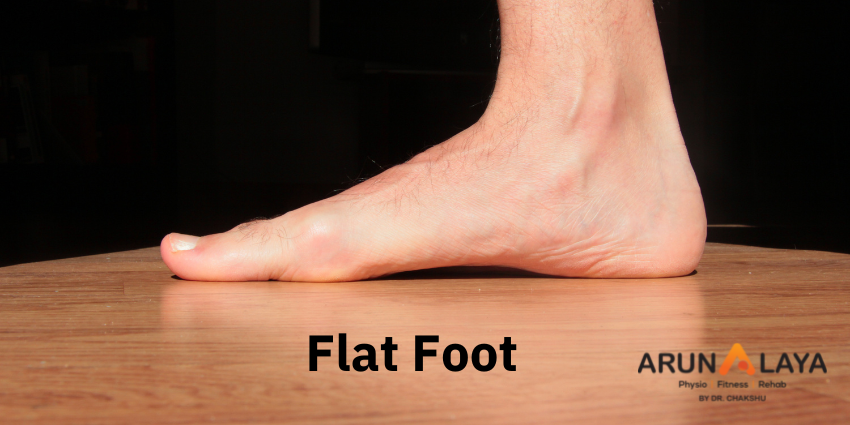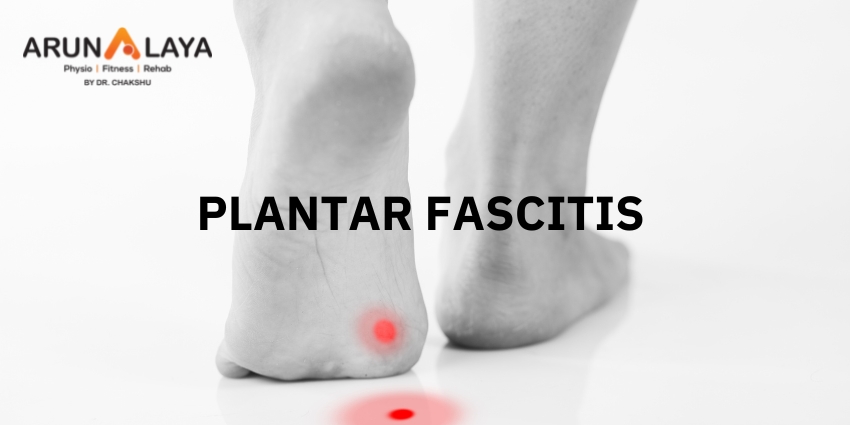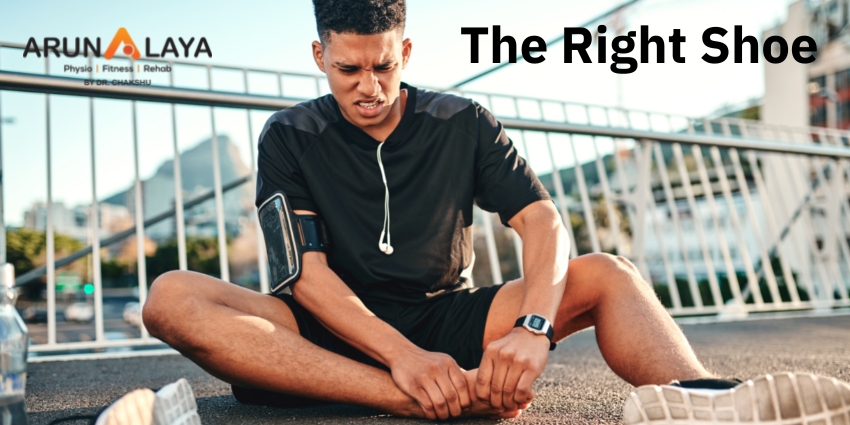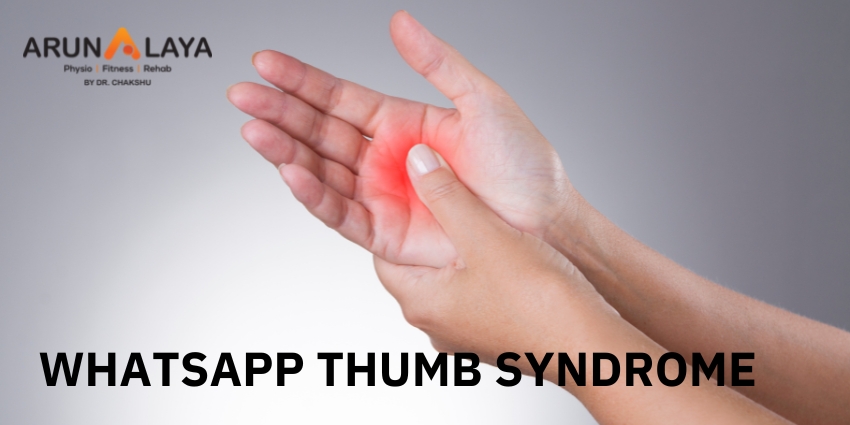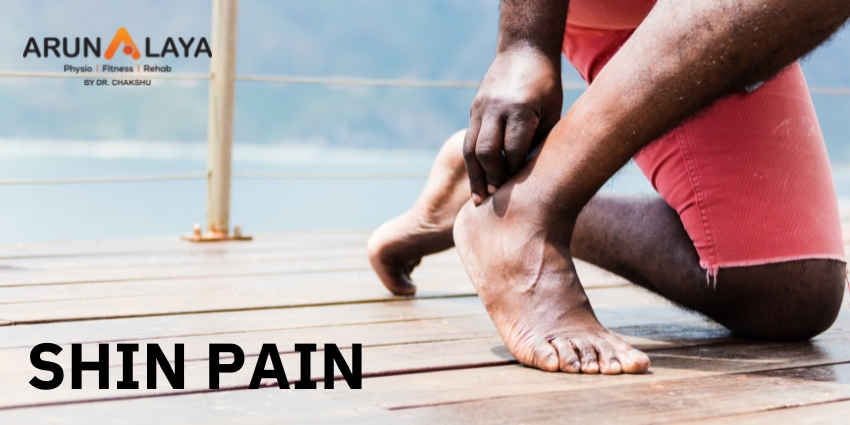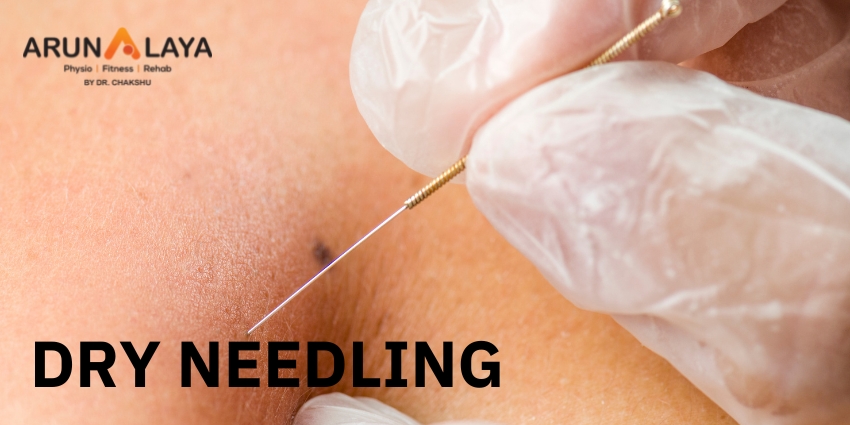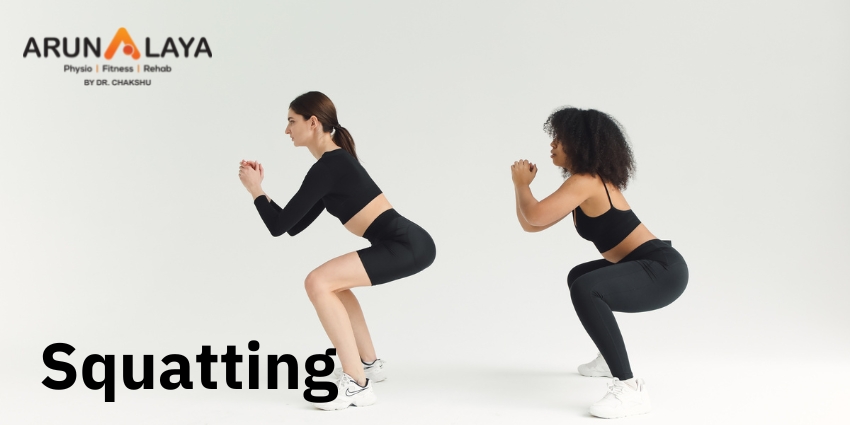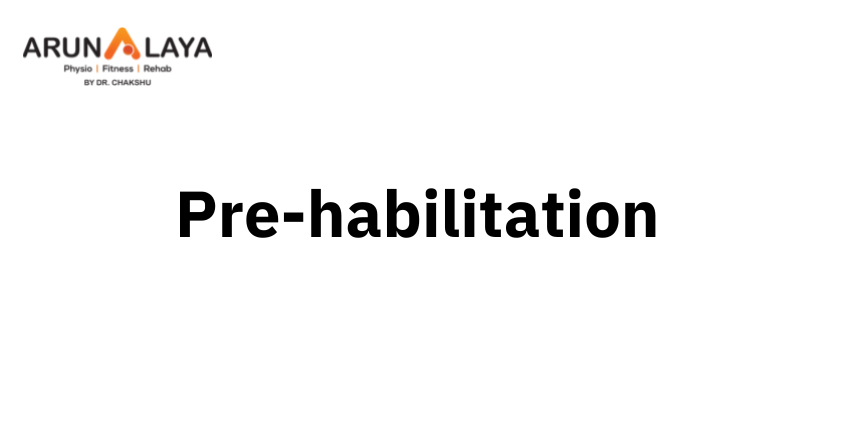What is “Flat Foot” Actually ?
Flat foot is a foot deformity in which there is loss of medial longitudinal arch. It is also termed as
pes planus. Pes planus may be lifelong, or acquired through time. In this condition the entire sole
of the foot is in contact or near contact with the ground while standing.
flat foot is normal in infants and toddlers, because the foot’s arch hasn’t yet developed. Most
people’s arches develop throughout childhood, but some people never develop arches. This is a
normal variation in foot type, and people without arches may or may not have problems.
Some children have flexible flatfoot, in which the arch is visible when the child is sitting or
standing on tiptoes, but disappears when the child stands. Most children outgrow flexible
flatfoot without problems. Arches can also fall over time. Years of wear and tear can weaken the
tendon that runs along the inside of your ankle and helps support your arch.
Causes
Infants & children
Flat feet are common in children and are often caused by:
1)Heredity
2)Laxity of ligaments
3)Tight Achilles tendon
4)Lack of foot exercise
Typically a child’s arches begin developing in infancy and progress to normal arches in line with
normal growth patterns.
Adults can develop flat feet through injury, tight Achilles tendon, abnormal joint formation,
continued stresses on the foot and its arch, or simply as they age.
Some of the most common causes of flat feet in adults are:
1)Achilles Equinus contracture
2)Coalition of rearfoot joints
3)Failed or injured tendons
4)Arthritis
5)Marfan syndrome
6)Diabetes
7)Obesity
8)Pregnancy
9)Overuse & strain
10)Injury & fractures
The most identifiable symptoms and characteristics of flat feet are the decrease or lack of
arches in your feet (especially when weight bearing) and pain / fatigue along the inner side of
your feet and arches.Some issues caused by flat feet include:
1)Inflammation of soft tissue
2)Foot, arch, and leg fatigue
3)Heel, foot, and ankle pain
4)Knee, hip, and lower back pain
5)Rolled-in ankles
6)Abnormal walking patterns
7)Shin splints
8)Bunions
9)Hammertoe
10)Arthritis
11)Plantar fasciitis
Management of flat foot treatment
Treatment of flat feet will be started when you will start feeling pain or other foot, ankle
abnormality .
For children
At Advanced Foot & Ankle our podiatric specialists will conduct both a clinical exam and an
X-ray study to determine the type and cause of most flatfoot deformity.
Most cases of flat feet in children are genetic. However their feet are flexible in nature and can
be treated with:
1)Custom made insoles
2)Braces
3)Appropriate footwear
4)Exercise
5)Surgery – often the best treatment for preventing major developmental complications in the
future.
For Adults
Non-surgical treatment options for deterring the development of flat feet and its symptoms are:
1)Custom orthotics
2)Bracing & supports
3)Supportive footwear
4)Exercises
5)Physical Therapy
6)Weight loss
7)Daily activity modifications
8)Medication
9)Rest
Physiotherapy management will help to regain mobility of the foot, Strengthen the surrounding
muscles .Regain foot and ankle control Provide initial relief of pain by using ice pack wrapped
in a damp towel and placed on the foot or area of pain for 10-15 minute can help to reduce
soreness. Some patients prefer moist heat for pain relief.
1)Modalities : Heat and cold therapy is applied to enhance relaxation and reduces pain. Ultra
sound and pulsed electrical stimulation can also be used to relieve the pain. Electric stimulation
will helps to improve the blood circulation, thus enhancing the healing process and reducing any
swelling or discomfort.
2) Exercises: toe clawing exercises, arch muscle strengthening exercises, heel cord stretching,
calf and hammstring stretching, toe spreading exercises, toe walking, ankle ROM, Dorsiflexion
and plantar flexion of foot, gripping exercises. Releasing manually any tight muscles will also
develop arches and will bring the foot in shape. Kinesio taping to support and to avoid any
unwanted movement of muscle.
Advance techniques like dry needling on tendon and on trigger points will ease the pain .
If conservative treatment won’t help much in treating flat foot sign and symptoms then another
choice of treatment will be surgical.
Surgical interventions includes
1) tendon transfer
2) osteotomies
3) Arthrodesis.

